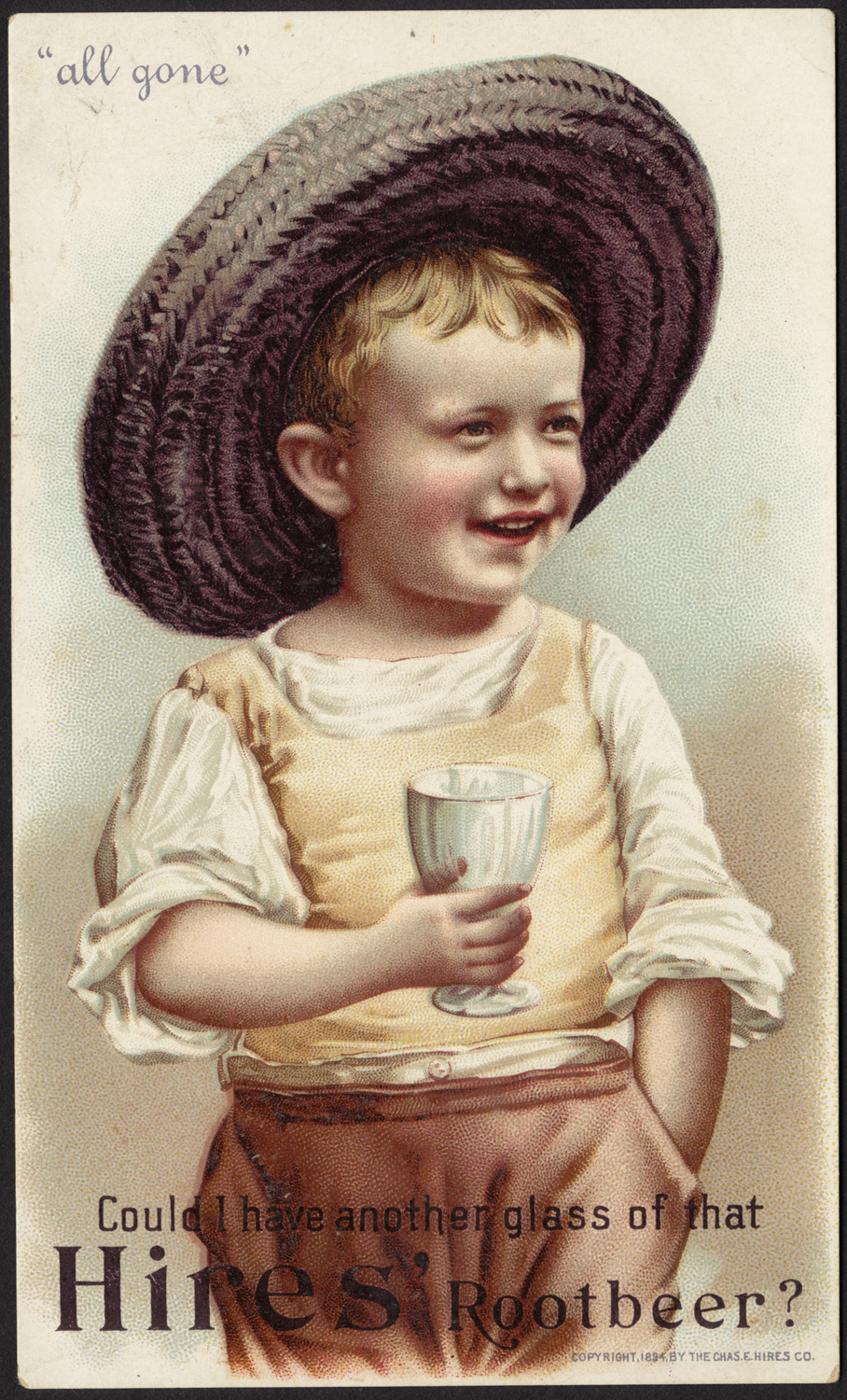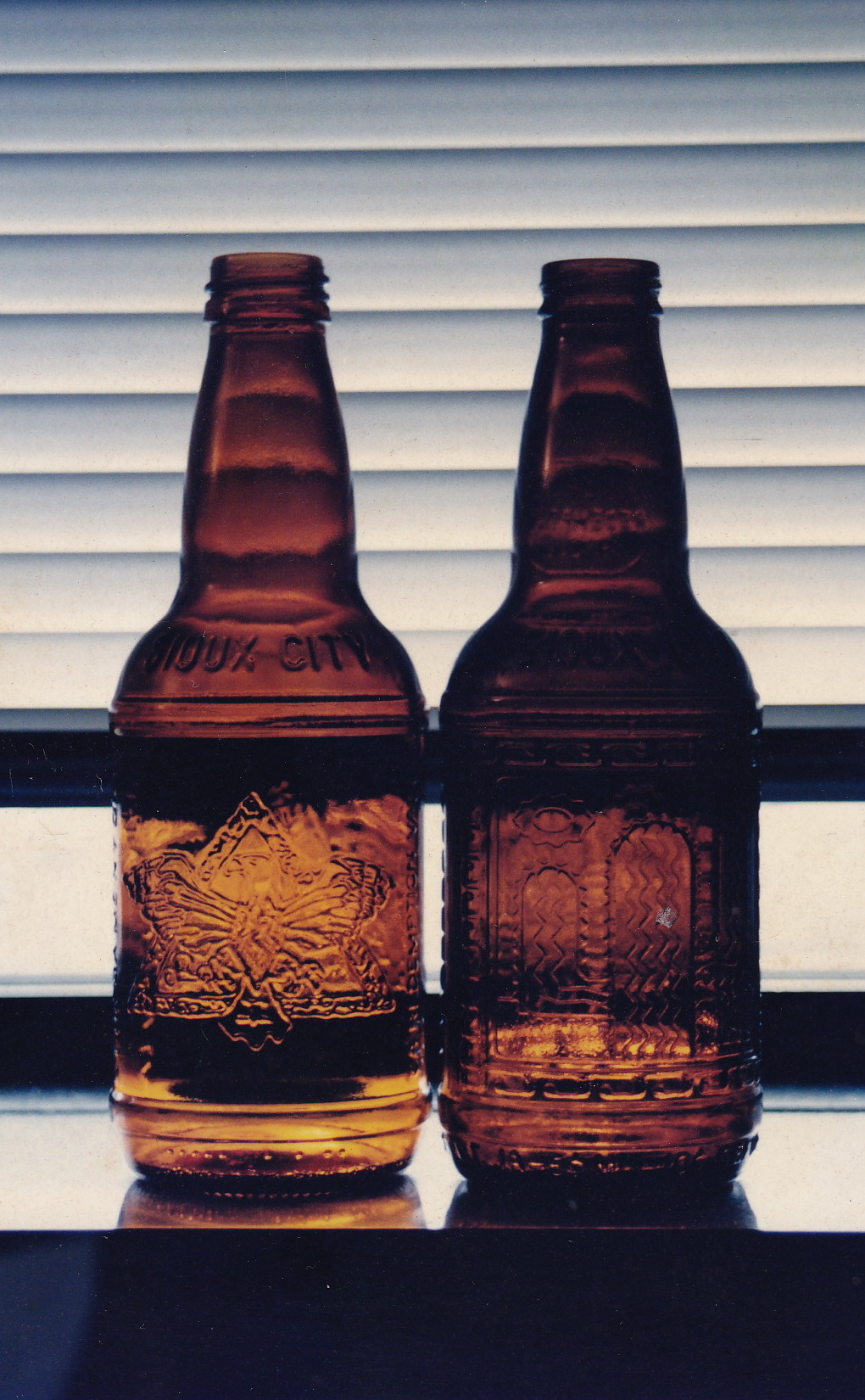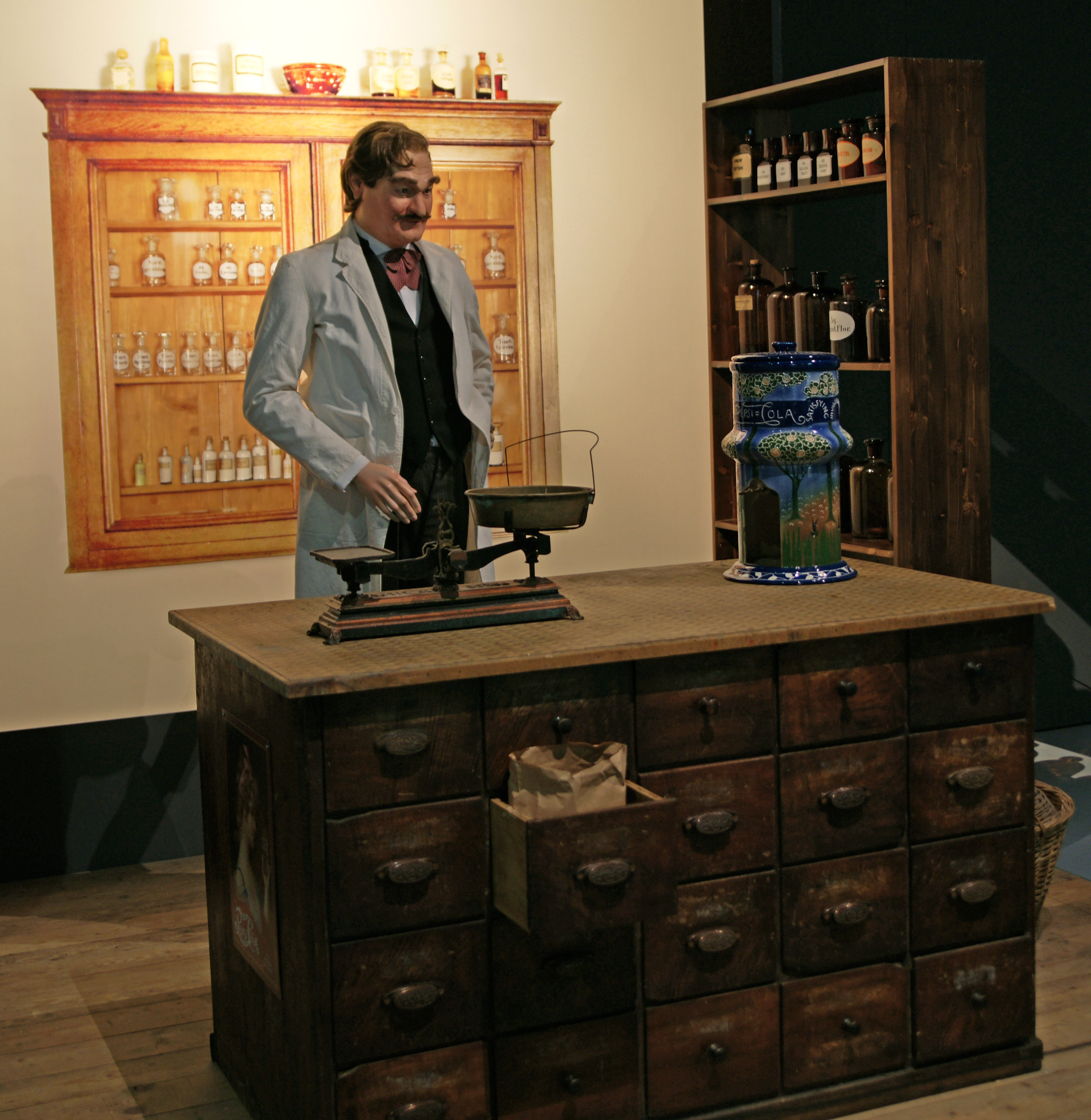|
White Rock Beverages
White Rock Beverages (White Rock Products Corporation) is an American beverage company located in Whitestone, Queens, New York City. The company was established in 1871 by pharmacist H.M. Colver in Waukesha, Wisconsin. The Potawatomi Indians and settlers believed that the nearby White Rock natural spring had special medicinal powers, so White Rock Beverages started out as a destination for vacationers and health seekers. By 1876, the company was bottling and distributing the natural spring water throughout the country. Marketing with Santa Claus Coca-Cola is frequently credited with the "invention" of the modern image of Santa Claus as an old man in red-and-white garments; however, White Rock predated Coca-Cola's usage of Santa in advertisements for soft drinks. In 1923, the company used Santa to advertise its ginger ale after first using him to sell mineral water in 1915. Drink maker history By 1923, White Rock Beverages was one of the largest producers of mineral water i ... [...More Info...] [...Related Items...] OR: [Wikipedia] [Google] [Baidu] |
Waukesha, Wisconsin
Waukesha ( ) is the county seat of Waukesha County, Wisconsin, United States. It is part of the Milwaukee metropolitan area. Its population was 71,158 at the 2020 census. The city is adjacent to the Village of Waukesha. History The area that Waukesha now encompasses was first settled by European-Americans in 1834, with Morris D. Cutler as its first settler. When the first settlers arrived, there was nothing but dense virgin forest and wild prairie. The settlers laid out farms, constructed roads, erected government buildings and established post routes. The original founders of Waukesha consisted entirely of settlers from New England, particularly Connecticut, rural Massachusetts, Vermont, New Hampshire and Maine, as well some from upstate New York who were born to parents who had migrated to that region from New England shortly after the American Revolution. These people were "Yankee" settlers. In other words, they were descended from the English Puritans who settled New Engl ... [...More Info...] [...Related Items...] OR: [Wikipedia] [Google] [Baidu] |
Wall Street Journal
''The Wall Street Journal'' is an American business-focused, international daily newspaper based in New York City, with international editions also available in Chinese and Japanese. The ''Journal'', along with its Asian editions, is published six days a week by Dow Jones & Company, a division of News Corp. The newspaper is published in the broadsheet format and online. The ''Journal'' has been printed continuously since its inception on July 8, 1889, by Charles Dow, Edward Jones, and Charles Bergstresser. The ''Journal'' is regarded as a newspaper of record, particularly in terms of business and financial news. The newspaper has won 38 Pulitzer Prizes, the most recent in 2019. ''The Wall Street Journal'' is one of the largest newspapers in the United States by circulation, with a circulation of about 2.834million copies (including nearly 1,829,000 digital sales) compared with ''USA Today''s 1.7million. The ''Journal'' publishes the luxury news and lifestyle magazine ' ... [...More Info...] [...Related Items...] OR: [Wikipedia] [Google] [Baidu] |
Blueberry
Blueberries are a widely distributed and widespread group of perennial flowering plants with blue or purple berries. They are classified in the section ''Cyanococcus'' within the genus ''Vaccinium''. ''Vaccinium'' also includes cranberries, bilberries, huckleberries and Madeira blueberries. Commercial blueberries—both wild (lowbush) and cultivated (highbush)—are all native to North America. The highbush varieties were introduced into Europe during the 1930s. Blueberries are usually prostrate shrubs that can vary in size from to in height. In commercial production of blueberries, the species with small, pea-size berries growing on low-level bushes are known as "lowbush blueberries" (synonymous with "wild"), while the species with larger berries growing on taller, cultivated bushes are known as "highbush blueberries". Canada is the leading producer of lowbush blueberries, while the United States produces some 40% of the world supply of highbush blueberries. Origin and h ... [...More Info...] [...Related Items...] OR: [Wikipedia] [Google] [Baidu] |
Ginger Beer
Traditional ginger beer is a sweetened and carbonated, usually non-alcoholic beverage. Historically it was produced by the natural fermentation of prepared ginger spice, yeast and sugar. Current ginger beers are often manufactured rather than brewed, frequently with flavour and colour additives, with artificial carbonation. Ginger ales are not brewed. Ginger beer's origins date from the colonial spice trade with the Orient and the sugar-producing islands of the Caribbean. It was popular in Britain and its colonies from the 18th century. Other spices were variously added and any alcohol content was limited to 2% by excise tax laws in 1855. Few brewers have maintained an alcoholic product. Ginger beer is still produced at home using a symbiotic colony of yeast and a ''Lactobacillus'' (bacteria) known as a "ginger beer plant" or from a "ginger bug" starter created from fermenting ginger, sugar, and water. History As early as 500 BC, ginger was used as a medicine as well as for ... [...More Info...] [...Related Items...] OR: [Wikipedia] [Google] [Baidu] |
Birch Beer
Birch beer is a beverage, commonly found as a carbonated soft drink made from herbal extracts and birch bark. It was originally made from the extracts of both oak and pine barks (which are sometimes combined). There are dozens of brands of birch beer available. Ingredients The one ingredient used in all recipes of Birch beer is birch sap. Most recipes use some fermentation, but the amount of alcohol in the beverage depends on the brand. The process of fermenting birch syrup is done using baker's yeast. The process of fermentation is done to decompose sugar to alcohol. Other common ingredients include sugar, cinnamon, vanilla beans, and water. Homemade recipes of Birch beer also include honey and malt. Birch extract preparation Various types of birch beer made from birch bark are available as well, distinguished by color. The color depends on the species of birch tree from which the birch oil is extracted (though enhancements by artificial coloring are commonly present). Pop ... [...More Info...] [...Related Items...] OR: [Wikipedia] [Google] [Baidu] |
Root Beer
Root beer is a sweet North American soft drink traditionally made using the root bark of the sassafras tree ''Sassafras albidum'' or the vine of ''Smilax ornata'' (known as sarsaparilla, also used to make a soft drink, Sarsaparilla (soft drink), sarsaparilla) as the primary flavor. Root beer is typically but not exclusively non-alcoholic, caffeine-free, sweet, and carbonation, carbonated. Like cola, it usually has a thick and foamy Beer head, head. A well-known use is to add vanilla ice cream to make a root beer float. Since safrole, a key component of sassafras, was banned by the U.S. Food and Drug Administration in 1960 due to its carcinogenicity, most commercial root beers have been flavored using artificial flavor, artificial sassafras flavoring, but a few (e.g. Hansen's) use a safrole-free sassafras extract. Major root beer producers include Mug Root Beer, PepsiCo, Barq's, Coca-Cola Company, Dad's Root Beer, Dad's, Hires Root Beer, Keurig Dr. Pepper, and A&W Root Beer, A& ... [...More Info...] [...Related Items...] OR: [Wikipedia] [Google] [Baidu] |
Sarsaparilla (soft Drink)
Sarsaparilla (, ) is a soft drink originally made from the vine ''Smilax ornata'' (also called 'sarsaparilla') or other species of ''Smilax'' such as '' Smilax officinalis''. In most Southeast Asian countries, it is known by the common name sarsi, and the trademarks Sarsi and Sarsae. It is similar in flavour to root beer. In the US, sarsaparilla is traditionally made with birch oil rather than the tropical plant. Etymology ''Smilax ornata'', a perennial trailing vine with prickly stems that is native to Mexico and Central America, is often used as the basis for the soft drink sarsaparilla. Common names include sarsaparilla, Honduran sarsaparilla, and Jamaican sarsaparilla. It is known in Spanish as ', which is derived from the words ' meaning "bramble" (from preroman ''sarza''), and ', meaning "little grape vine". History Sarsaparilla was popular in the United States in the 19th century. According to advertisements for patent medicines of the period, it was considered to be a r ... [...More Info...] [...Related Items...] OR: [Wikipedia] [Google] [Baidu] |
Sioux City (soft Drink)
Sioux City is a line of soft drinks manufactured and marketed by White Rock Beverages. Introduced in 1987, the product is generally sold in embossed glass bottles, although it is also available in cans. Sioux City "saloon style" soft drinks are available in a variety of flavors, including: *Sarsaparilla – promoted on the label as "The Granddaddy of all Root Beers" *Diet Sarsaparilla *Root Beer *Birch Beer *Ginger Beer * Cream Soda *Black Cherry *Orange Cream *Prickly Pear *Berry Berry – a mixture of blueberry and raspberry flavors *Cherries 'n Mint Cultural references "Sioux City Sarsaparilla" is a song by Children of Bodom's Alexi Laiho from the Finnish ''Guitar Heroes'' compilation album. In the film ''The Big Lebowski,'' when the Stranger (Sam Elliott Samuel Pack Elliott (born August 9, 1944) is an American actor. He is the recipient of several accolades, including a National Board of Review Award, and has been nominated for an Academy Award, two Golde ... [...More Info...] [...Related Items...] OR: [Wikipedia] [Google] [Baidu] |
Pepsi Cola
Pepsi is a carbonated soft drink manufactured by PepsiCo. Originally created and developed in 1893 by Caleb Bradham and introduced as Brad's Drink, it was renamed as Pepsi-Cola in 1898, and then shortened to Pepsi in 1961. History Pepsi was first invented in 1893 as "Brad's Drink" by Caleb Bradham, who sold the drink at his drugstore in New Bern, North Carolina. It was renamed Pepsi-Cola in 1898, "Pepsi" because it was advertised to relieve dyspepsia (indigestion) and "Cola" referring to the cola flavor. Some have also suggested that "Pepsi" may have been a reference to the drink aiding digestion like the digestive enzyme pepsin, but pepsin itself was never used as an ingredient to Pepsi-Cola. The original recipe also included sugar and vanilla. Bradham sought to create a fountain drink that was appealing and would aid in digestion and boost energy. In 1903, Bradham moved the bottling of Pepsi from his drugstore to a rented warehouse. That year, Bradham sold 7,968 gallon ... [...More Info...] [...Related Items...] OR: [Wikipedia] [Google] [Baidu] |
Soft Drink
A soft drink (see § Terminology for other names) is a drink that usually contains water (often carbonated), a sweetener, and a natural and/or artificial flavoring. The sweetener may be a sugar, high-fructose corn syrup, fruit juice, a sugar substitute (in the case of ''diet drinks''), or some combination of these. Soft drinks may also contain caffeine, colorings, preservatives, and/or other ingredients. Soft drinks are called "soft" in contrast with "hard" alcoholic drinks. Small amounts of alcohol may be present in a soft drink, but the alcohol content must be less than 0.5% of the total volume of the drink in many countries and localities See §7.71, paragraphs (e) and (f). if the drink is to be considered non-alcoholic. Types of soft drinks include lemon-lime drinks, orange soda, cola, grape soda, ginger ale, and root beer. Soft drinks may be served cold, over ice cubes, or at room temperature. They are available in many container formats, including cans, glass bot ... [...More Info...] [...Related Items...] OR: [Wikipedia] [Google] [Baidu] |
Esquire (magazine)
''Esquire'' is an American men's magazine. Currently published in the United States by Hearst Communications, it also has more than 20 international editions. Founded in 1933, it flourished during the Great Depression and World War II under the guidance of founders Arnold Gingrich, David A. Smart and Henry L. Jackson while during the 1960s it pioneered the New Journalism movement. After a period of quick and drastic decline during the 1990s, the magazine revamped itself as a lifestyle-heavy publication under the direction of David Granger. History ''Esquire'' was first issued in October 1933 as an offshoot of trade magazine ''Apparel Arts'' (which later became '' Gentleman's Quarterly''; ''Esquire'' and ''GQ'' would share ownership for almost 45 years). The magazine was first headquartered in Chicago and then, in New York City. It was founded and edited by David A. Smart, Henry L. Jackson and Arnold Gingrich. Jackson died in the crash of United Airlines Flight 624 in 1948, ... [...More Info...] [...Related Items...] OR: [Wikipedia] [Google] [Baidu] |









